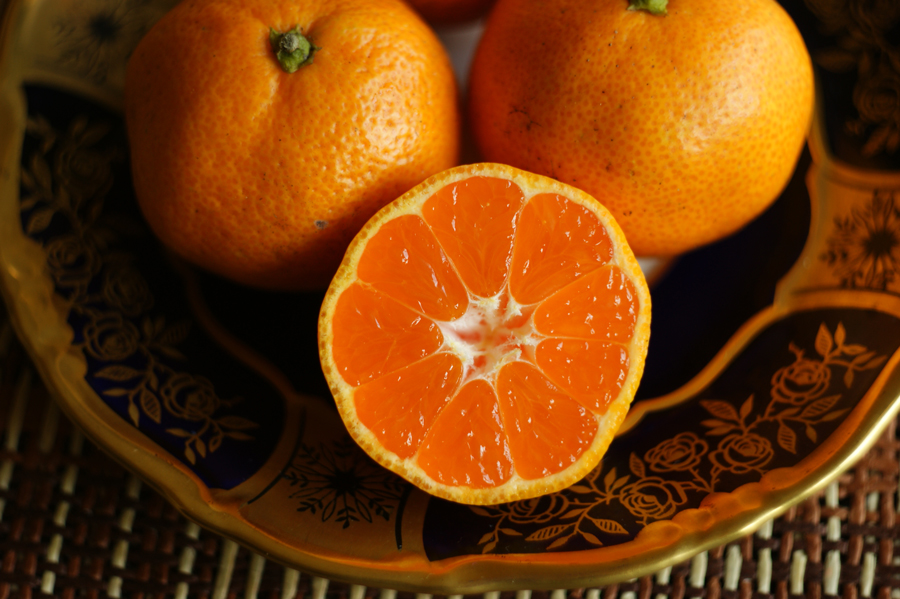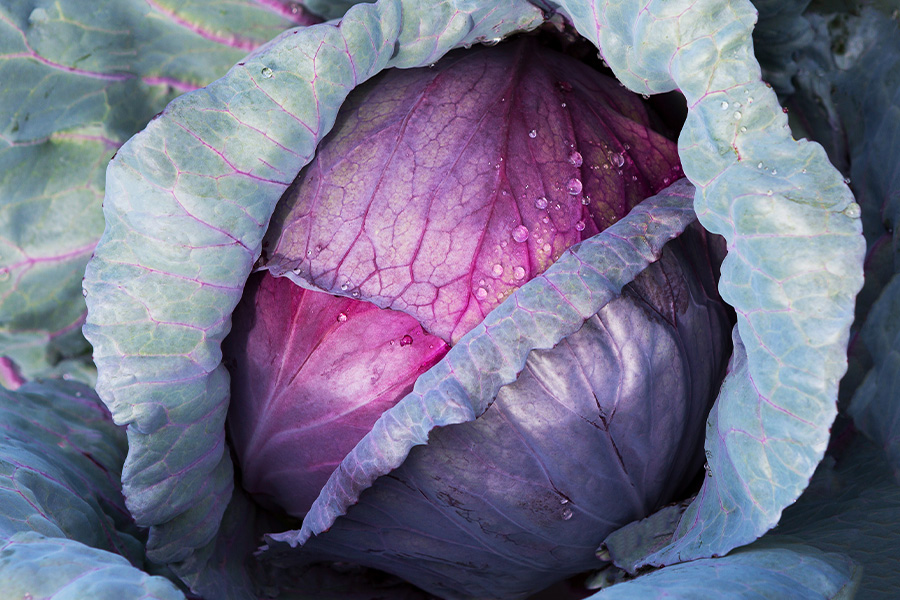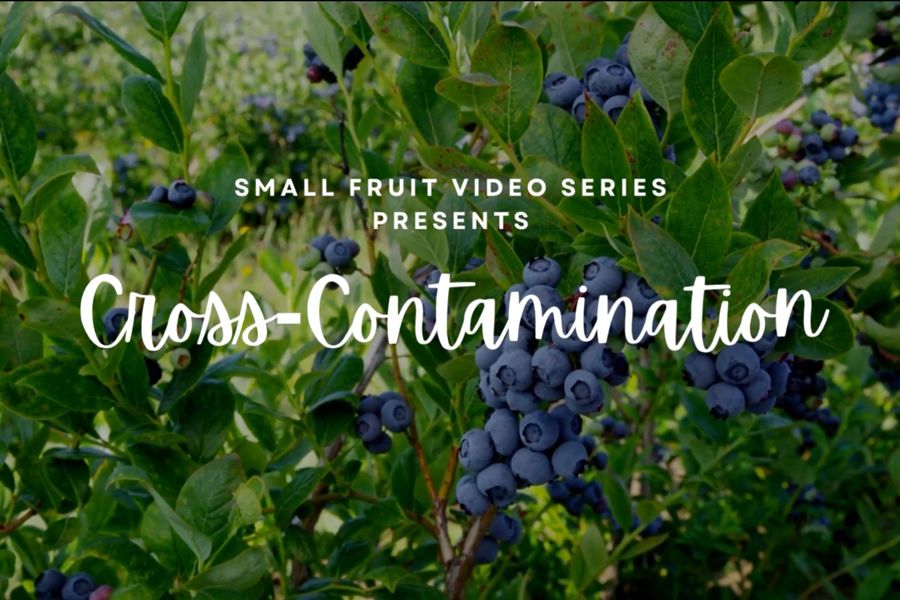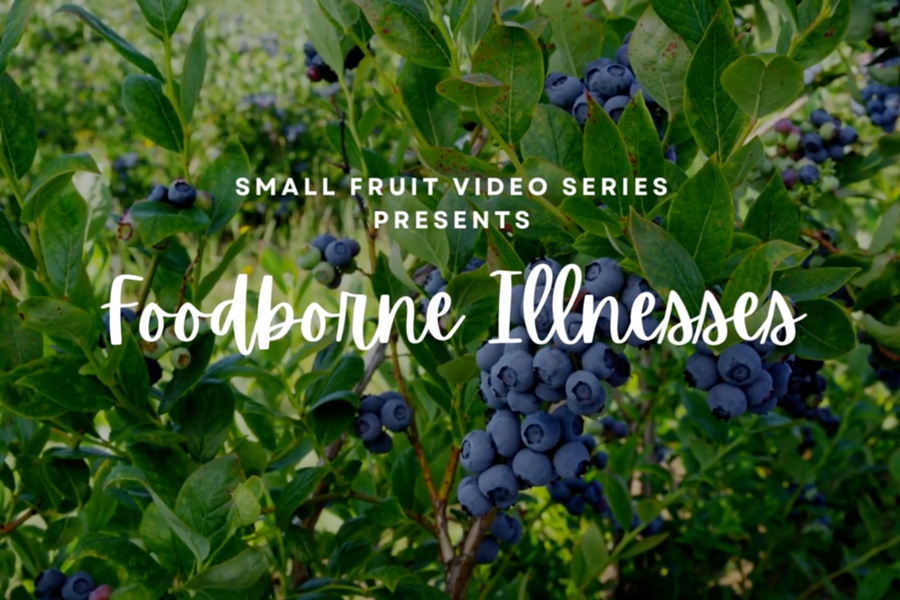Food Science and Technology
-

Additional author: Emma Moore, Department of Food Science & Technology. Satsuma oranges are a fast-growing commodity in Georgia. Satsumas are natural and excellent sources of sugars, organic acids, soluble fibers, vitamins, minerals, phytochemicals, and essential oils. Because of their nutritional content, satsuma oranges are considered functional foods (foods that provide health benefits and essential nutrition). Novel products may be produced from satsuma oranges and satsuma peels, including food ingredients such as soluble fibers and essential oils that may be appealing to health-conscious consumers interested in including more plant-based ingredients into their diets.
Fresh satsuma oranges have a short shelf-life. This publication describes the nutrients found in satsuma oranges and opportunities to develop high-value food ingredients from satsuma oranges. This information is timely and may help the local citrus industry diversify its current product portfolio. It also describes essential food safety concepts that may improve the overall competitiveness of the Georgia citrus industry.
Laurel Dunn and Kevin Mis Solval
|
-

Red cabbage is a highly nutritious vegetable crop, rich in minerals, vitamins, and several other chemical compounds that are beneficial for human health, including phenols, proteins, glucosinolates and anthocyanins. While red cabbage belongs to the same group as the other cabbage varieties (white and green) widely produced and consumed in the state, red cabbage production and consumption in Georgia is still low. This publication contains basic information on crop management, food safety practices, and biochemical properties of red cabbage.
Laurel Dunn
|
-

Human campylobacteriosis and salmonellosis are two of the most commonly reported gastrointestinal infections worldwide and poultry meat has been identified as the main source of infection. Controlling pathogen colonies of public health concern such as Salmonella and Campylobacter in poultry flocks on the farm is critical for a successful overall food safety program. Biosecurity on the farm can contribute significantly to reducing the potential for Salmonella and Campylobacter colonization in broilers.
Harshavardhan Thippareddi and Manpreet Singh
|
-

In this video, you will learn how to judge the optimum maturity of strawberries for harvest and how to identify the main quality attributes that are important for maximum postharvest shelf life.
Laurel Dunn and Angelos Deltsidis
|
-

C 1300-02
Cross-Contamination
Cross-contamination, resulting in foodborne pathogen contamination of small fruits, can occur at any point throughout production and post-harvest handling. This video discusses techniques and best practices for growers and packers to ensure the production of safe, high-quality small fruits. This video was produced in collaboration with the Auburn Department of Horticulture.
Laurel Dunn and Angelos Deltsidis
|
-

This publication is part of a series focusing on irrigation scheduling for vegetable crops. It contains basic information on water use and irrigation management using the crop water demand method for Solanaceae crops such as bell peppers, tomatoes, and eggplants.
Justin Shealey and Laurel Dunn
|
-

C 1300-01
Foodborne Illnesses
Foodborne illnesses sicken approximately 48 million Americans a year and result in significant financial losses for the food industry. Outbreaks of foodborne illness have been linked to consumption of small fruit products, but growers and packers can take precautions to reduce food safety risks on their operations. This video discusses what foodborne illnesses are, what causes them, and basic steps that can be taken to ensure the production of safe fruit. This video was produced in collaboration with the Auburn Department of Horticulture.
Laurel Dunn and Angelos Deltsidis
|
-

Many produce farms choose to exclude domesticated animals to prevent the spread of fecal contamination to produce crops. However, when farms allow members of the general public access to U-pick fields, on-farm restaurants, or roadside markets, the Americans for Disabilities Act (ADA) protects the rights of individuals who may require the assistance of a service animal. This publication explains what steps a farm must take to ensure an individual requiring a service animal is not excluded from on-farm activities, while also protecting food safety.
Laurel Dunn
|
-

Laurel Dunn, Andre Luiz Biscaia Ribeiro da Silva, and Govindaraj Dev Kumar
|